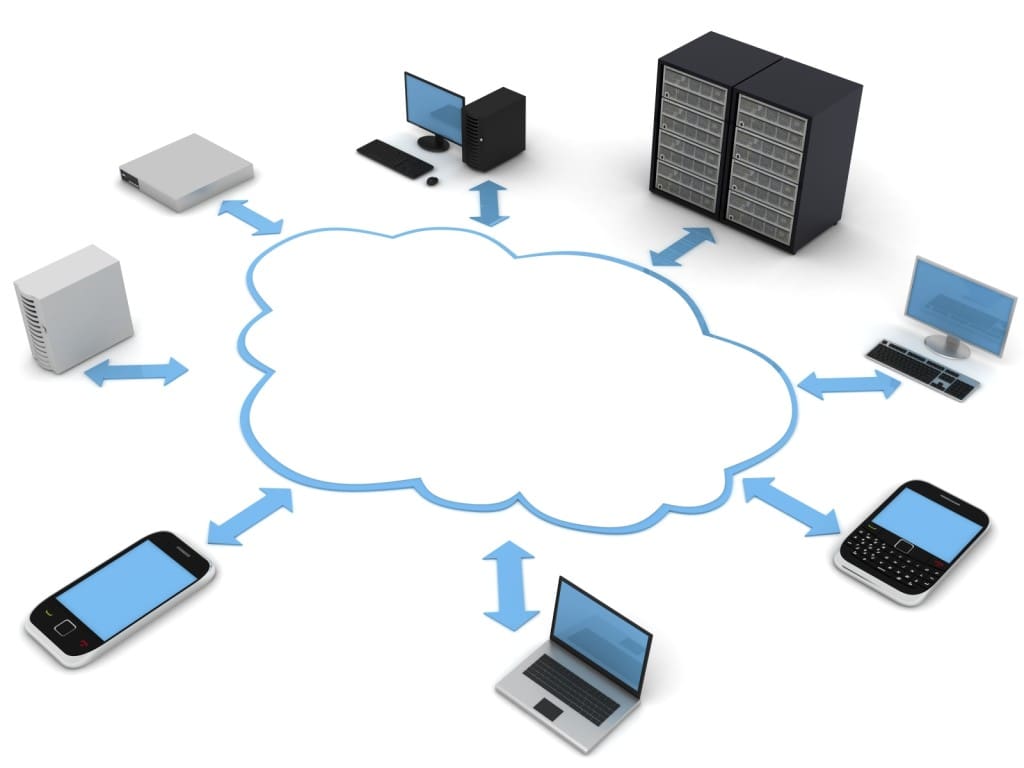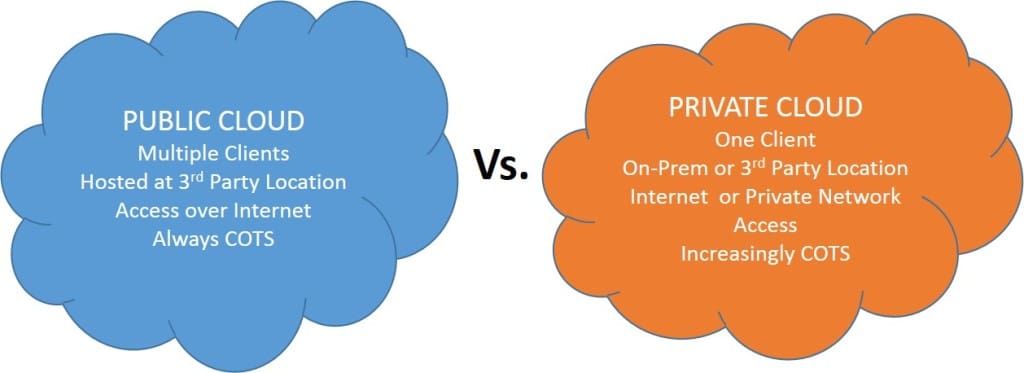 Consumer and enterprise software has gone through a significant evolution over the last five years. Consumers have reached a point where software as a service (SaaS) has become an imperceptible norm. Our use of Microsoft® Office products has silently changed to Microsoft® 365, which is provided as a service. Human resources systems have slowly migrated to service providers like Workday. And at home, we utilize an entire suite of Google, Apple, and other software products – all delivered as a service. Indeed, consumers rarely pay upfront to license software these days.
Consumer and enterprise software has gone through a significant evolution over the last five years. Consumers have reached a point where software as a service (SaaS) has become an imperceptible norm. Our use of Microsoft® Office products has silently changed to Microsoft® 365, which is provided as a service. Human resources systems have slowly migrated to service providers like Workday. And at home, we utilize an entire suite of Google, Apple, and other software products – all delivered as a service. Indeed, consumers rarely pay upfront to license software these days.
In the logistics and distribution space, supply chain-dependent enterprises have also started transitioning to SaaS solutions. Supply chain execution software, such as transportation management systems, has long been a cloud-based offering. However, in the distribution center (DC), because warehouse management systems (WMS) are so critical and complex, the move to the cloud has been slow. This inertia can largely be attributed to two primary concerns about system availability and response time latency of software solutions that operate in public clouds. Many warehouse system operators imagine a SaaS WMS offering as slow and unreliable. They see an application that runs in the public cloud and assume it must take a long time when a system request is initiated in the DC before hitting the core WMS application in the cloud and routing back to the DC with the response. In reality, the transaction latency between the DC and public cloud data centers is often proving to be even less than privately managed datacenters.
As expectations and experiences with SaaS continue to evolve, it’s clear that the days when firms make significant capital allocations toward acquiring and managing software are numbered. Enterprise application users expect to pay for software based on usage. They expect to have access to the latest features as soon as they are available, and they expect software performance to adjust for fluctuating consumption rates automatically. Meeting these needs requires the development of cloud-native or born-in-the-cloud software solutions, which unlock automatic scalability, continuous product innovation, easy extensibility, and intuitive configurability.
One might assume designing a SaaS-based WMS is as simple as taking a legacy WMS, deploying it in a public cloud, wrapping it up with managed services, and re-branding the offering as SaaS WMS. But to truly understand the benefits of being a cloud-native WMS, we have to look a little deeper. There are four key considerations enterprises need to evaluate when selecting a cloud WMS solution.
- Microservices: Traditional enterprise software is built to be a single, monolithic application. Typically, product release cycles are annual because new features are added on top of the existing monolith and require extensive testing. At a certain point, the software gets too large and unwieldy to upgrade and maintain. Microservices architecture, however, breaks down the product into individual components of functionality. As a visual, one might picture Lego bricks. Each block is independent, seamlessly integrating with the neighboring block, and is disposable or easily replaceable. Every one is separate and designed to perform a specific function. In the WMS context, receiving, putaway, allocation, picking, packing, shipping, and labor management might all be independent bricks. Software constructed in this manner unlocks significant operational advantages:
-
- Scale – by automatically duplicating blocks when needed
- Update – by deploying replacement blocks in place of old ones
- Innovate – by adding blocks with new configurations or shapes
Designing software constructed of loosely coupled and yet self-contained functional components, or microservices, is a foundational requirement to create versionless, scalable software.
- Single-Product Codebase and Automation: To be versionless, the software must maintain a single codebase, which must be deployed to all customers. The lead time from when the product code leaves the development pipeline and goes into production must be minimized to ensure users have access to the latest product innovations at the same time. The development and deployment processes must be tightly coupled and highly automated to ensure all customers are operating on identical product code. Why is this important? The alternative – the software vendor maintaining a codebase that is tailored to the needs of each customer – is untenable. It is similar to a bakery customizing its cupcakes to each and every customer. The labor required would be prohibitive and too costly. To maintain the integrity of the solution, all customization to accommodate unique requirements must be managed outside of the core product offering because continuous innovation cannot be achieved if multiple versions of the software are proliferated.
- Product Customization: Because of the need for a singular codebase, SaaS providers often do not support extending or customizing the product to meet individual requirements. But in the world of distribution, no two warehouses are the same. As a result, no WMS is built to fit all sizes and shapes of DCs perfectly. Therefore, it is critical to support product extensions. By leveraging a framework for building extensions that is external to the core product, the mandate for a single codebase is protected. At the same time, extensions allow the WMS to conform to the contours of each operation and are not broken when updates are released within the codebase. Only a cloud-native WMS can provide such an extensibility framework.
- Ease of Use: Generally speaking, users expect software to be easy to configure and use. In the warehousing world, this gets trickier when companies have a network of distribution centers where the software is deployed. A unified approach to configuration management is vital to increasing the speed of deployment. Configuring workflows for warehouse functions must be intuitive, guided by configuration wizards to minimize startup efforts and reduce time to value significantly.
The recent COVID-19 pandemic has highlighted both the importance of supply chains and the need for enterprises to pivot and adjust logistics operations quickly. Businesses whose systems have been equipped to deal with sudden, extended, service-level stresses and situational changes are the ones who have best navigated this crisis.
The warehouse is a central component of the distribution chain. When making decisions about a WMS, supply chain and IT leaders are best served by selecting one that is resilient, flexible, never needs to be upgraded, and – most importantly – one that can deal with whatever challenge or disruption comes next.
That can only be found in a cloud-native WMS.
 Udai Tennati is the Vice President of Professional Services at Manhattan Associates and leads the technical services team responsible for the enablement of Manhattan’s Warehouse Management and Order Management product suites. He is also responsible for the delivery teams working on the Manhattan Automated Testing Services. Udai has over 20 years of experience working in the Supply Chain space and specifically designing and deploying warehouse management systems in distribution centers of all sizes and shapes across the globe.
Udai Tennati is the Vice President of Professional Services at Manhattan Associates and leads the technical services team responsible for the enablement of Manhattan’s Warehouse Management and Order Management product suites. He is also responsible for the delivery teams working on the Manhattan Automated Testing Services. Udai has over 20 years of experience working in the Supply Chain space and specifically designing and deploying warehouse management systems in distribution centers of all sizes and shapes across the globe.





















